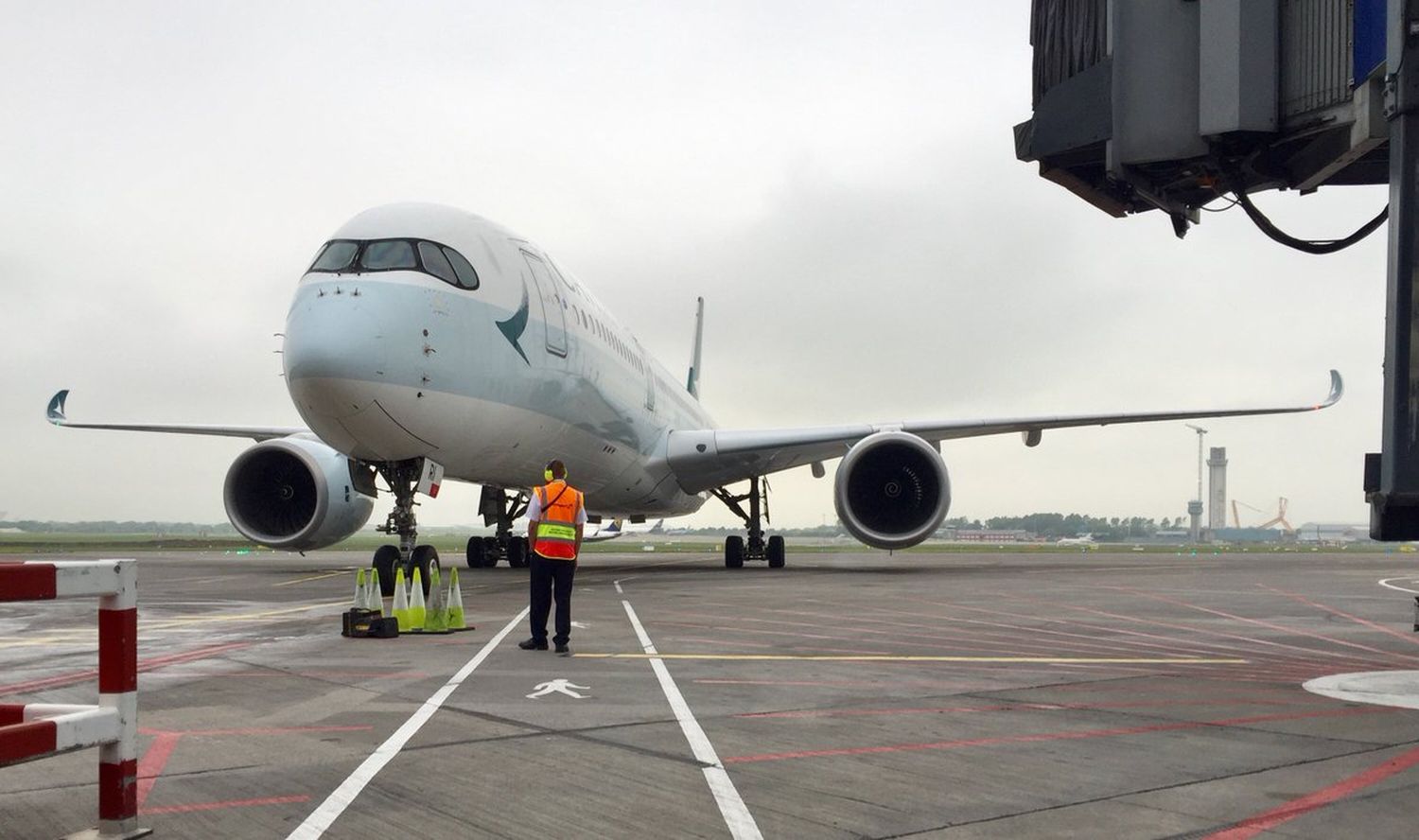New record for the world’s longest commercial flight? Cathay Pacific plans to divert its New York-Hong Kong route to avoid Russian airspace
Hong Kong based airline Cathay Pacific is considering diverting its regular route between New York (JFK) and Hong Kong (HKG) due to restrictions on flying over Russian airspace. If implemented, it would become the longest-haul scheduled commercial flight.
Cathay Pacific plans to fly over the North Atlantic and enter European airspace over the island of Great Britain. The route would then continue over Eastern Europe and Central Asia. The route would thus avoid the usual overflying of Greenland, the Arctic Ocean, Russia and Mongolia. Many Asian airlines already avoid Russian airspace on their routes to Europe and North America.
The Airbus A350-1000, the largest and longest-range aircraft in the family, is capable of operating this route. Cathay Pacific currently operates fifteen of these airplanes.
A company’s spokewoman said: «We are always running contingency routings for potential events or scenarios». «The Transatlantic option relies on the facilitation of strong seasonal tailwinds at this time of the year in order for the flight time to be between 16 and 17 hours, thereby making it more favorable than the Transpacific route», she added.
The last flight between the two cities made a stopover in Los Angeles and continued over the Pacific. However, the new route would eliminate the need for the stopover and make it more cost-effective and competitive. It is also an important frequency in Cathay Pacific’s network, which operated three daily flights in both directions prior to the restrictions.
If completed, it would surpass Singapore Airlines’ Singapore-New York flight and become the longest scheduled commercial flight in the world. It would cover a distance of 16,618 kilometres and take between 16 and 17 hours. The company is already arranging the necessary flight permits.
A number of airlines have developed alternative routes to avoid overflying Russia, especially for operations between Asia and Europe. Japan Airlines, for example, diverted its flights between Tokyo-Haneda (HND) and London-Heathrow (LHR). Instead of flying over Siberia, the flights flew over Alaska and Canada, which meant an additional four and a half hours of flying time.


Para comentar, debés estar registradoPor favor, iniciá sesión